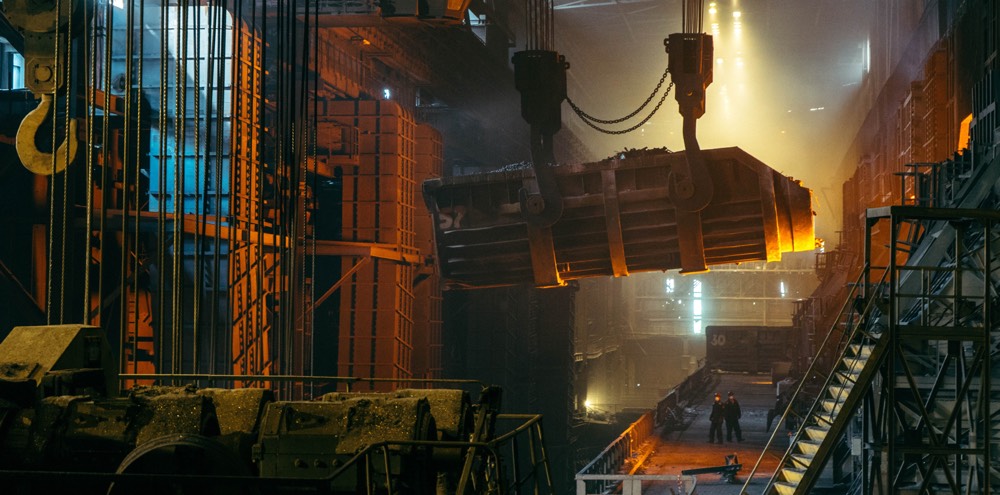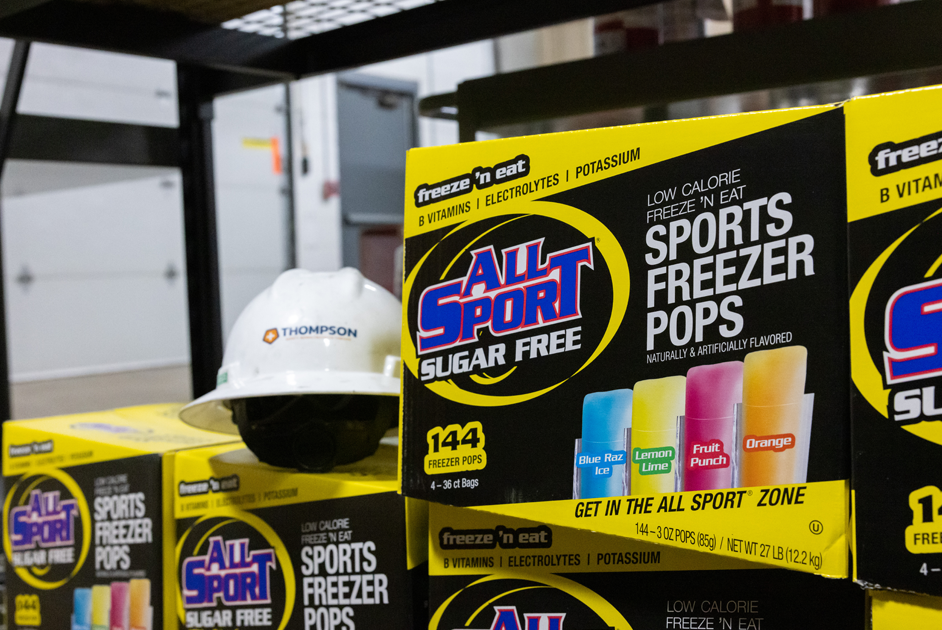
When the heat hits, so do the risks. Whether you're managing crews outdoors, around machinery, or in full PPE... heatstroke and dehydration can shut down a jobsite in minutes.

This guide gives you the practical steps to spot danger early, keep your team safe, and stay ahead of the heat.
Heatstroke is the most serious heat-related illness. It happens when the body can no longer regulate its core temperature. Unlike heat exhaustion or dehydration, heatstroke affects the brain, heart, and internal organs quickly.
Key signs of heatstroke include:
Once these symptoms appear, you don’t have much time. A heatstroke is a medical emergency. Without quick action, it can cause organ failure, long-term damage, or death. Even moderate dehydration makes it harder for the body to cool itself down, raising the risk toward heatstroke further.
Construction crews, utility workers, landscapers, delivery drivers, and anyone in confined or poorly ventilated areas face high risk. Add PPE, dark clothing, or hard physical labor, and the danger rises.
Water is your first line of defense. Workers should drink water every 15 to 20 minutes, before they feel thirsty. Watch for signs of dehydration like: dry mouth, headache, fatigue, or dark-yellow urine.
Electrolyte supplements can help replace salt lost through sweat, especially during long shifts.
Wearing the right gear can cut heat stress significantly. Choose:
Thompson Safety offers a wide range of heat-friendly PPE designed for tough environments.
Breaks aren’t just about rest, they’re about cooling down. Follow NIOSH work/rest guidelines based on heat index levels. Set up shaded rest areas with fans or misters. Encourage team leads to watch for early signs of heat stress during breaks. If you don’t have shade, consider pop-up tents or cooling trailers.
You can’t catch everything on your own. Buddy systems ensure someone is always watching for heat illness signs. Rotate high-exertion tasks between team members and use digital monitors (like wearable sensors or apps) when available. Crews should also check in every hour, verbally or via mobile device, during high heat periods.
Everyone on the job should know what heatstroke looks like. Include heat safety in toolbox talks.
Train workers to:
You don’t need to wait for an incident to act. Have cold packs and first aid gear on hand and make sure they’re accessible at all times.
Thompson Safety helps you stay ahead of heat risks with the gear and support your team needs to stay safe and productive! From first aid kits stocked with cold packs, electrolyte freezer pops to breathable PPE, cooling vests, and hydration stations, we make it easy to keep crews protected on the hottest days.
We also offer on-site safety training and route-based service to keep your supplies fresh, and your team prepared. Don’t wait for heatstroke to strike, contact Thompson Safety today to build a heat safety plan that works.
DISCLAIMER: The content provided on this website is intended solely for informational purposes. While Thompson Safety strives to offer reliable and accurate information, we shall not be held liable for any errors or omissions in the featured content. The material presented does not constitute professional advice. Users relying on this information pertaining to our products or services are solely responsible for independently verifying the accuracy of the information from trustworthy sources, including the product manufacturer, business policy/procedures, NFPA, and their local Authority Having Jurisdiction (AHJ). Our service offerings may vary by market, and not all services are available in all markets.